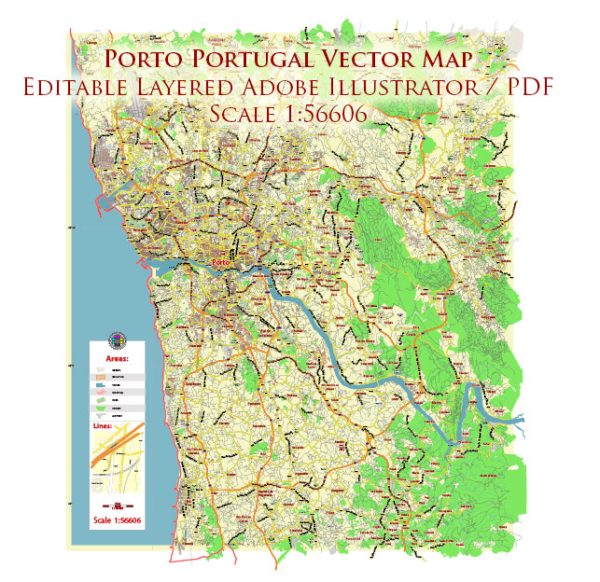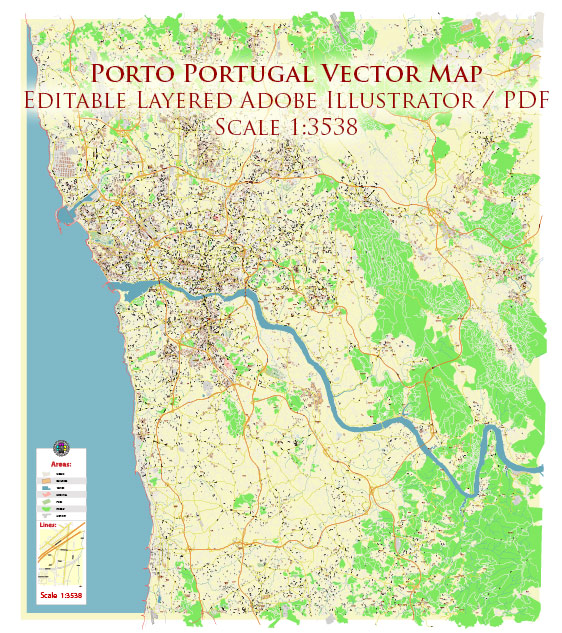General overview of Porto’s business and economic development.
Business and Economic Overview of Porto, Portugal:
- Porto’s Economy: Porto is one of Portugal’s major economic centers and the second-largest city in the country. The city has a diverse economy that includes industries such as textiles, wine production, tourism, technology, and services.
- Tourism: Tourism plays a significant role in Porto’s economy. The city is known for its historic architecture, cultural heritage, and the production of Port wine. The tourism sector has experienced growth in recent years, contributing to job creation and economic development.
- Technology and Innovation: Porto has been making efforts to position itself as a hub for technology and innovation. The city has seen the emergence of startups and tech companies, contributing to the growth of the local tech ecosystem. Initiatives like co-working spaces and incubators support the development of small and medium-sized enterprises (SMEs).
- Education and Research: The presence of universities and research institutions in Porto has also played a role in fostering innovation. The city is home to institutions like the University of Porto, which contributes to research and development activities.
- Transport and Infrastructure: Porto’s infrastructure, including its port and transportation networks, contributes to its economic development. The Port of Leixões is an important seaport, facilitating trade and commerce.
- Real Estate and Urban Development: Urban development projects have aimed to revitalize certain areas of the city, attracting investments in real estate and contributing to the overall economic growth.
- Challenges: Like many cities, Porto faces challenges such as unemployment, economic inequality, and the need for sustainable development. Addressing these challenges is crucial for ensuring balanced and inclusive economic growth.
- Government Initiatives: The local and national governments often implement initiatives to support economic development. This may include incentives for businesses, infrastructure projects, and policies to attract foreign investment.
Remember that the economic landscape is dynamic, and conditions may have evolved since my last update. For the most current information, it’s recommended to refer to recent reports from official sources, economic organizations, or local business publications.



 Author: Kirill Shrayber, Ph.D.
Author: Kirill Shrayber, Ph.D.